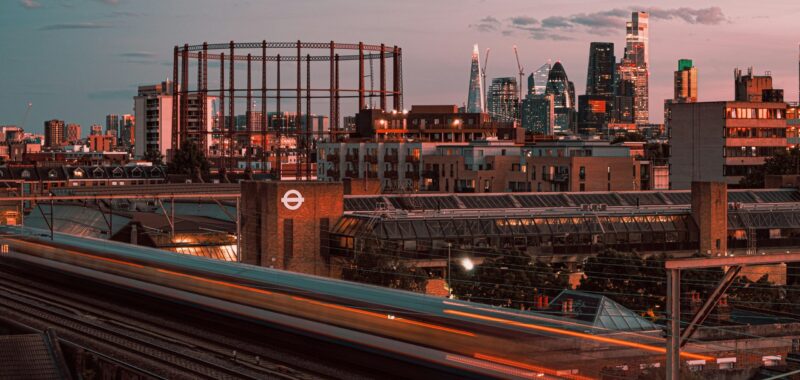All over the world, public transportation is more than just a way to get to work. For visitors, it can be the difference between renting a car or getting around without one, and that can make or break a decision to go at all. But a recent controversy in London shows us the battle these systems face when trying to cater to tourists.
Recently, London announced that it would spend GBP£6 million on rebranding its Overground network, which mostly operates outside the city center. If you’ve ever visited, that’s the one depicted as one big orange tangle on the Tube map, even though there are several distinct lines. While the Underground is separated into 11 lines with names like Piccadilly, Victoria, Central, and Jubilee, people usually identify the Overground lines by their final destination. So instead of saying, “the Weaver line,” as my own nearest section will soon be named, people would say they’re taking the Overground toward Liverpool Street, Chingford, or Enfield Town.
If you ride the Overground every day, you’ll get the hang of it soon enough. But for tourists, it can be confusing, and the rebrand aims to address that. The renaming has been soft-launched, more or less—this summer, Transport for London (TfL) plans to make people aware that the names are changing, and they intend to replace all relevant signage in a cohesive rollout by the end of this year. The six lines will get names like Lioness, Suffragette, and Windrush, with each new name also serving as a nod to local history.
Not everyone loves the change. London’s transit system and the UK’s National Rail network have been plagued by delays and cancellations as staff have gone on strike in protest of stagnant wages, and some residents think it’s a waste to spend money on something that isn’t broken when there are more urgent needs at hand. Some passengers, like Louis Fulford-Smith, also criticize the change for being “woke.” He told the New York Times he thought the new “Liberty” line was “very American” and “scraping the bottom of the barrel.”
But officials say the changes are necessary to make the system easier for people to navigate. London’s transit network is constantly growing and changing, but signage hasn’t kept up, making it hard for people who aren’t regulars.

